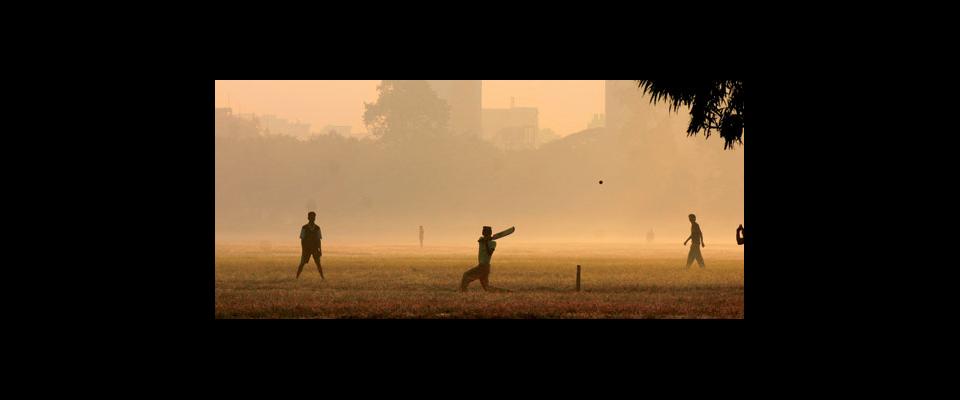Researchers link air pollution in India to shrinking harvests
From space, a massive cloud looms over the Asian continent, stretching from the tip of India all the way to the Himalayas. This Atmospheric Brown Cloud, or ABC, is the result of air pollution, the kind caused by burning wood and driving cars. There are similar ABCs over China and L.A.
In addition to the usual ill effects of air pollution, such as higher rates of asthma, India’s brown cloud also diminishes rice harvests, according to a recent study by Berkeley scientists. The shrinking rice harvests have confounded Indian farmers over the past decade—leading in some places to a rash of farmer suicides.
“The lives of those farmers would be very different without air pollution,” says Maximilian Auffhammer, a professor of International Area Studies and Agricultural and Resource Economics at Berkeley. Auffhammer and colleagues V. Ramanathan and Jeffery Vincent of UC San Diego analyzed data on Indian rice harvests from the 1960s to 2000, along with the effects of air pollution. They found the bothersome brown clouds work to block the sun and limit rainfall, an agricultural double whammy. According to their estimates, air pollutants and greenhouse gases have decreased Indian rice harvests by 14 percent.
The study’s findings have shattered the commonly held assumption that the cooling effects of brown clouds on crops counteract the warming effects of burning greenhouse gases. Instead, the two types of air pollution amplify each other to change the environment for the worse, and damage food supplies.






















